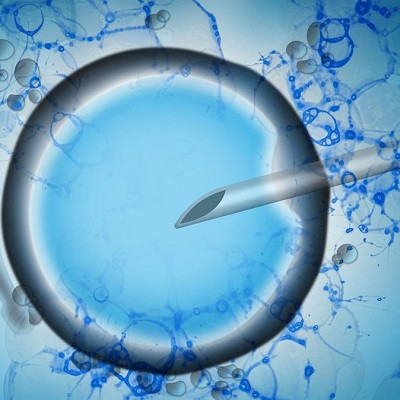CRISPR can be considered as one of the great achievements of biotechnology over the past years, which is a technology that can be used to edit the genome. This technology has opened up new horizons and capabilities from treating cancer and Alzheimer to solving genetic problems.
The articles about CRISPR are full of exciting ideas. Some researchers have modified the malaria mosquitoes with CRISPR to eliminate pathogenicity, and some seek to alter the genes of the fetus to give birth to a newborn with desired characteristics. Reviewing the articles in this area offers many such ideas, but could this technology be close to commercialization?

CRISPR technology seems to be still at the hype stage, as many of its achievements are now in the laboratory, and a lot of development is needed before it gets ready to enter the market.
One of the main obstacles to commercialize CRISPR is health-related safety concerns. CRISPR cut and edit the genome like a scissor, so any error in the performance can lead to severe problems, such as cancer or dangerous changes in the human genome.
The second challenge is the low effectiveness of this technology. To use this technology for medical purposes, it is necessary to increase the efficiency to the extent that the medical community recognize this technology as an effective tool, while this technology still faces too many errors.
Another bottleneck of the commercialization of this technology is that CRISPR can't get where it needs to go. Great attention has been devoted to the use of nanowires for the exact delivery of this editor. In order to use CRISPR in such sensitive areas as the brain, which is protected by a powerful protective barrier, nano-carriers are required that can deceive the brain blood barrier and pass through. A lot of research is needed to overcome this problem.
Despite the high potential of CRISPR, this technology is still at the initial stage of research, and the technology is at the hype stage. Consequently, a broad spectrum of studies is necessary to introduce this technology into markets.
